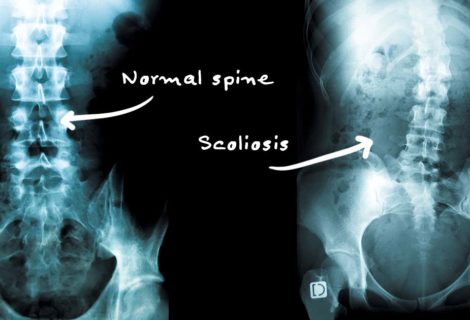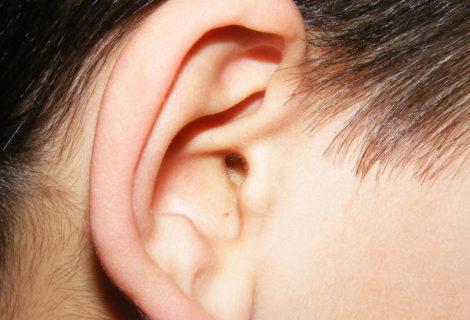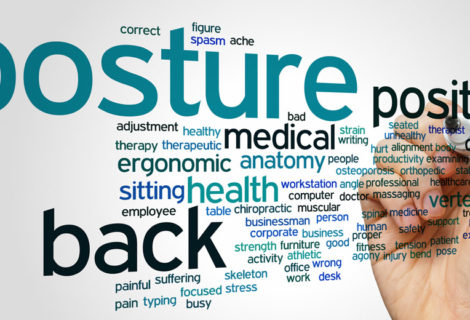Your child’s posture may be more important than you think
Good posture promotes better breathing which leads to more air, more oxygen, and more brain food. This results in improved concentration, thoughts and ideas for ‘better learning.’
With the digital age upon us your child is exposed to increased risk factors – screen time on computers, iPads, and gaming consoles. Time spent using these devices can lead to bad posture habits, so it’s become even more important as parents to help educate our children about good posture and the long term health benefits of maintaining good posture.
Bad posture maintained over a period of time may result in:
- stiff joints
- sore back
- tension headaches
- fatigue
- functional scoliosis
- prone to injury (especially when your child’s body grows through adolescence).
How do I recognise bad posture?
- rounded shoulders standing/sitting
- head held forward
- slouching
- increased curve in the lower back
- hunched upper back
- sitting on edge of chairs
- head resting on hands or arms when studying
- crossed legs
- unable to sit up straight when they are asked to do so
So what is GOOD Posture?
Good posture is when your postural muscles are working in balance with your spine so you have two C curves; one behind your neck and one in your lower back. A straight back does not translate to good posture.
Benefits of good posture for your child:
- improved concentration / learning
- better self-esteem
- look good
- better breathing
- makes them feel better and happier
- improved confidence
- more energy
- reduced risk health complications.
10 Tips for Good Posture
1.
Always carry backpack on both shoulders
2.
Padded shoulder straps on all carry bags
3.
Children to carry no more than 10-15% of their body weight
4.
Encourage children to sit right at the back of chairs and not on the edge
5.
Keep both feet flat on the floor when sitting
6.
Monitor screen time
7.
Good study chair











